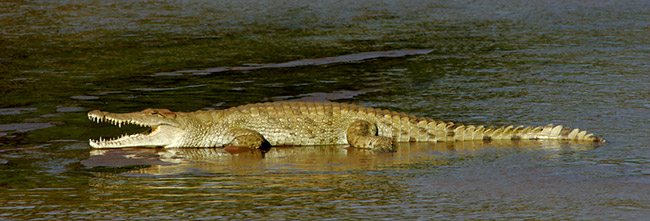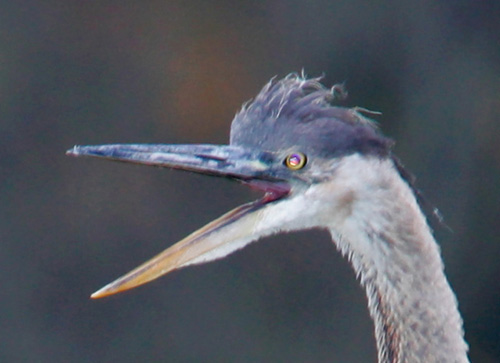The Digital Basics File
More than 2500 sold!
If you cannot confidently transform this:


For those who want to learn this stuff quickly, the first thing I tell them is to go home, purchase and download Arthur's Digital Basics File, and sit down at the computer and work up 25 images following the workflow as outlined in the document. For most it is a matter of repeating the process enough times to become familiar with their software and ask questions beyond that of basic usage. As far as I know Arthur Morris is the only one that has condensed the optimization process into an easy to read and understand process and is willing to share it with everyone for a reasonable price.
Paul Denman, award winning photographer.
DIGITAL BASICS FILE/FREE UPDATES INCLUDED


When using flash to photograph birds, the eyes are often rendered quite funky… Red-eye and steel eye (an odd-looking silvery crescent on the eye) were common when using flash with film, but with digital (which is more sensitive to flash than film was), the effects are both wider ranging and even more detrimental to the image. When examining a flashed bird’s eye at high magnification, unnatural highlights and lightened and artificially colored (usually purplish) pupils are often revealed. Most folks simply ignore these problems but the fix takes only minutes...
Here is what you can learn to do with the techniques that you will learn in the Digital basics File:

The image above represents the converted Raw file.

This is a close-up of the face from the image above.

This is a close-up of the eye.

This is a close-up of the eye after a visit from the Digital Eye Doctor. Various techniques were used to restore the eye.

This is a close-up of the head after the eye had been repaired.

And this is the optimized image after Cloning and Levels, Hue Saturation, and Selective Color Adjustments.
.....
The techniques that I use to repair flash-damaged eyes are detailed in the "Digital Eye Doctor" section of the Digital Basics File update. Also included in this section are detailed instructions on selectively sharpening the eye or eyes of a bird.
Updated 12/16/03 I have now completed the second draft of the Digital Basics file (11,405 words) that will become a chapter in "The Art of Bird Photography II." New topics covered include Understanding Histograms (if you own a digital camera and do not know how to read a histogram and adjust your exposure to create the ideal histogram, you are missing out on digital's greatest plus... Many of the digital photographers that I run into on IPTs have no clue as to interpret a histogram, at least until they leave!), expanded rewritten sections on Breezebrowser and Converting Raw Images, A Quickie Levels/Color Balance Trick (from Lewis Kemper as relayed by Ellen Anon), and detailed instructions on how to use Actions and Batch Processing to save hours and hours of work. (Heck, before I learned to use Batch Processing it took me 80 hours to prepare my first Digital Slide program. Now I can do the whole thing in less than an hour thanks to Actions and Batches.
Digital Basics File